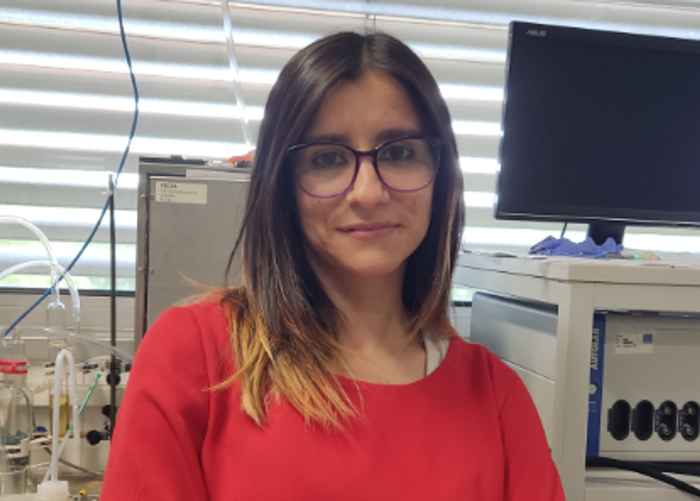Two new Fellowships awarded in 15th Call, April 2022
Dr. Sandra Marianne Lang (Ulm University, Germany) and Dr. Sara Realista, (University of Lisbon, Portugal)

The influence of the ligand environment on the structure and reactivity of iron-sulfur clusters
Guest: Priv.-Doz. Dr. Sandra Marianne Lang, Akademischer Rat (Privatdozent, permanent position), Ulm University, Institute of Surface Chemistry and Catalysis, Germany.
Hosted by: Prof.dr. Anouk Rijs (VU), Dr. Joost Bakker (RU) and Dr. Hans Elemans (RU).
Total of 5 months.
Iron-sulfur (FeS) proteins are ubiquitous in all living organisms. They have outstanding catalytic properties under mild reaction conditions, making these biocatalysts prototype systems for ‘‘green’’ catalysts. They are of great interest as potential materials for novel, efficient heterogeneous and homogeneous catalysts. Despite great progress in the biomimetic synthesis of accurate analogues of the protein-bound sites in the last decades, there are still numerous open questions. How does the cluster interact with small reactants? What is the influence of the biological (ligand) environment on this interaction? Does the ligand change the geometric or electronic structure of the FeS metal center?
In this project we will combine the unique experimental potential available at VU and RU to investigate the role of organic ligands on the geometric and electronic structure of FeS clusters and on their reactive properties towards simple molecules (e.g. N2, H2, CO2,…). For this, we use the powerful combination of mass spectrometry and IR spectroscopy. To generate the FeS centers, we will employ laser vaporization for the bare clusters, and organometallic synthetic methods for ligated clusters.

Metal-organic frameworks as electrocatalysts for ammonia conversion
Guest: Dr. Sara Realista, Junior Researcher at the Faculty of Sciences from the University of Lisbon, Portugal.
Hosted by: Dr. Stefania Grecea (University of Amsterdam) and Dr Dennis Hetterscheid (University of Leiden).
Total of 4 months.
Nowadays, it is crucial to find new approaches to obtain green and sustainable fuels to answer to the energy demand of a continuously growing society. Hydrogen is pointed out as the energy fuel for the future, with some issues regarding its safety in storage and transportation. Ammonia can be a suitable alternative to obtain hydrogen as its storage and transportation are already well-established in the industry. Ammonia can be converted into hydrogen via a cracking or an electrolytic process, where the former uses high pressure and temperatures, and the latter has the advantage to occur at ambient pressure and room temperature. Therefore, it is important to find new electrocatalysts that are efficient and selective in the ammonia-to-hydrogen conversion. Metal-organic frameworks (MOFs) are promising candidates for this application as they show a high extent of catalytic sites and a high porosity that can increase catalytic activity and selectivity.
This project aims to synthesise MOFs and use them as electrocatalysts to produce hydrogen.